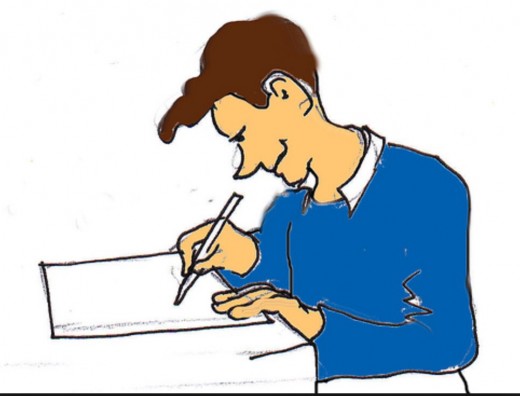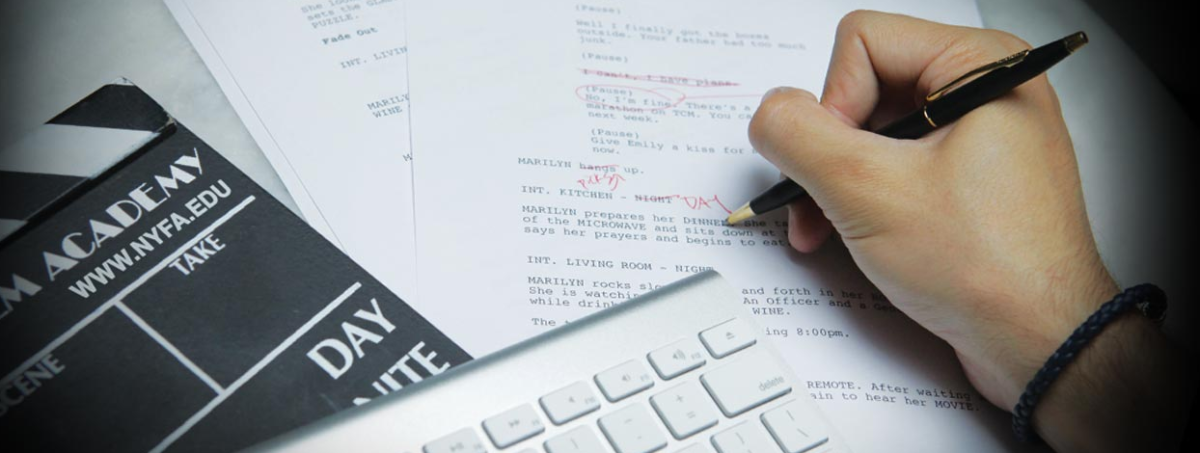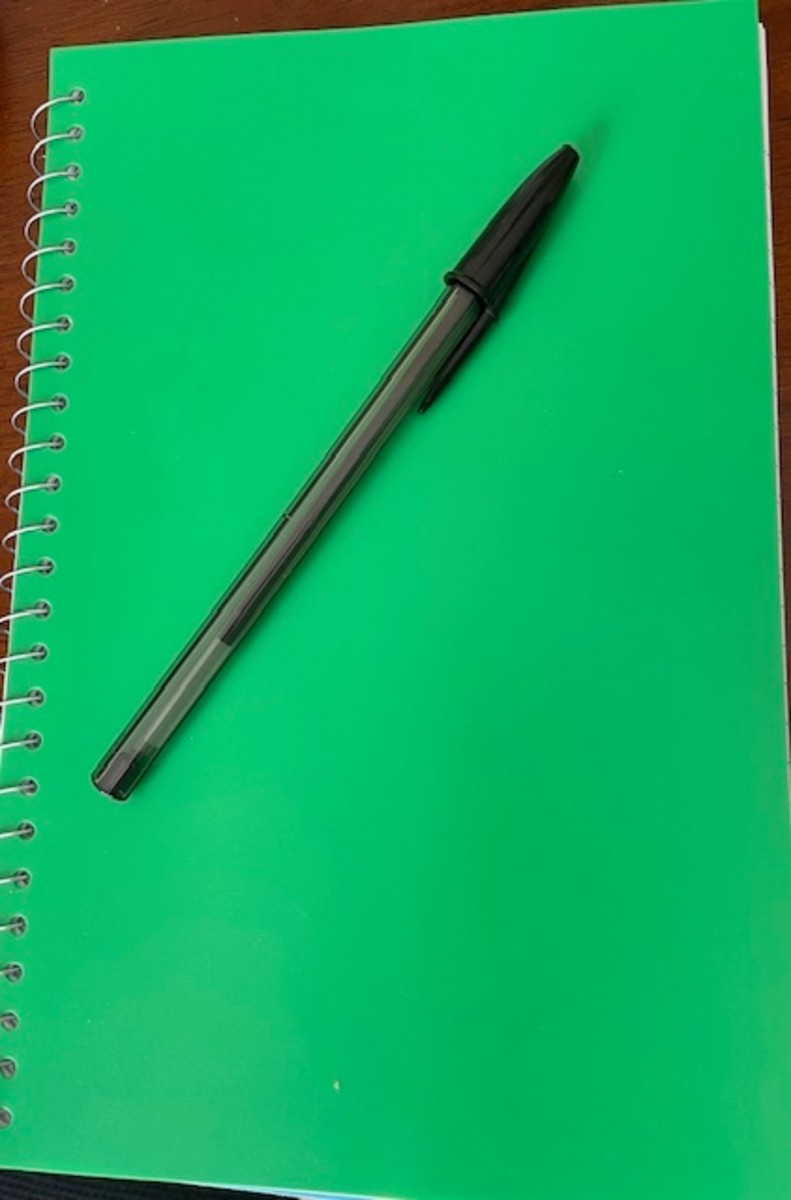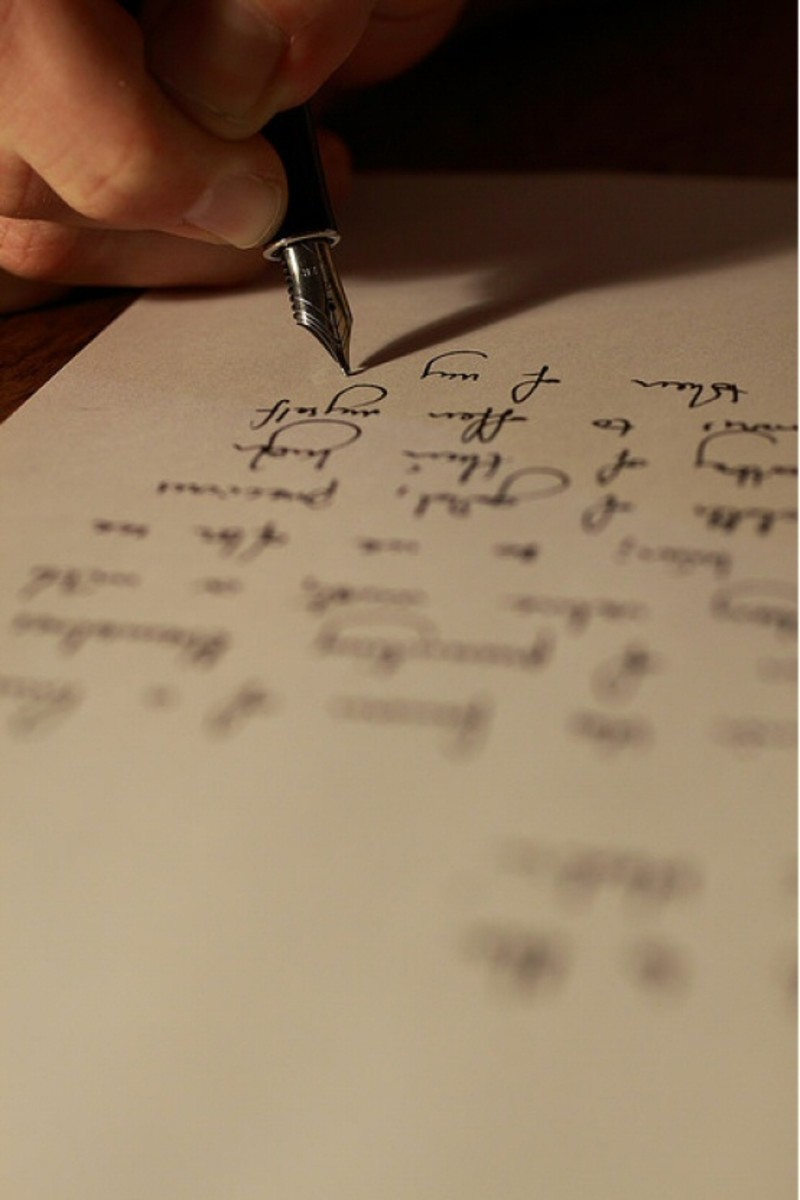How to Write A Screenplay: Easy and Quick Writing for Film
Before You Write: Finding a Concept
Writing for film can be an exciting and extremely rewarding process. However, it can also be a very daunting task. It's hard to know when to start, where to go, and how to get it all down. The very first thing you should do is find an inspiration for your movie, a concept. Movies can center around several things:
Your movie concept can be based on:
- A character: perhaps you know a person who has such a dynamic personality that a whole movie could be based around them. Perhaps aperson you know always gets themselves into ridiculous situations, making a great comedy. Perhaps someone has had an amazing life that you want to tell. Perhaps, you have a character in mind who interacts in interesting ways with different situations. SSSSSSeveral movies are centered aroun one extremely strrong protagonist, for example WWWWWWWWill Hunting in Good Will Huntttting.
- A place: A movie can be centered around the place where it is set. A specific place can have tons of material for film: class conflicts, race conflicts, etc. Movies about the South are usually great example of this. The movie Chinatown is one example.
- A time period: This is of course a beloved way to go by great screenwriters. Choosing the 1920s already gives you a huge trove of ideas to work with. Picking the 1860s already provides you with ready-made conflicts and problems for characters to face etc.
- An image: You may see a picture that inspires you to write a screenplay. A picture tells a thousand words, as they say, and sometimes seeing one dynamic scene or photo can put an idea for a whole story in your mind.
Scene Breakdown
Now, this next step is a bit more tedious than finding a concept, but extremely crucial to writing a successful screenplay. Find a movie that is similar in subject matter or style to what you are writing your movie about, and do a scene breakdown. What does this mean?
- Find movie in the same style as yours.
- Get snacks and your laptop.
- Press play on the movie and notate each scene on your laptop. For each scene in the movie, write a "slugline" and 1 to 2 sentences about what happens in that scene. Be brief and concise, but accurate. Each 1-2 sentences should be in the form character action. "Ron gets phone call and finds out Emily is his biological mother." "Herald gets mugged and goes unconscious in the street."
A SLUGLINE is a descriptive phrase that is used in scripts and scene reakdowns. The slugline contains first either INT for interior or EXT for exterior. It then has a location such as "Bob's bedroom" or "Outisde of hotel." Finally, last thing is time of day "daytime" or "nightime." If, many scenes are happening at fairly close intervals of time, they can be more specific, like "10:30 PM."
Example slugline: INT. BOB'S OFFICE - DAYTIME
Note: This will take a while, but is EXTREMELY helpful. It might take you about four hours though.
This should help you understand how movies of your particular genre work. This is by far the most informative way that you can learn how to write a movie. Generally, movies have around 60-80 scenes, but this is also genre dependent, so figure out how many scenes your movie ought to have. Take note of how much or how little happens in scenes. Take note of how settings are varied, how actions are carried out, how characters are introduced and developed etc. This is a powerful way to learn the mechanics of movies, although it is tedious

Writing Your Treatment and the Three-Act Structure
The treatment is where you kind of figure out your film. Directors, producers, and studios don't read scripts unless they've agreed to do the movie, no one has time to read 120 page maybe-films. Instead, they read treatments which are basically summaries of movies.
The story treatment is the most basic and most common treatment. THis is literally just a summary, they are usually around 4-8 pages for a full length feature film. In the treatment, you have to figure out your characters, your plot, or character archs, plot points, and back stoires.
The other type of treatment that is used sometimes is the paragraph treatment. This treatment is much more detailed and often has visual descriptions of what's happening in the scene. A great example of a paragraph treatment is James Cameron's treatment for Terminator, which you can see here.
If you're doing a film that's two hours long, most likely your treatment and film will be in the classic three-act structure. Most mainstream movies follow this structure and its fairly simple to work with.
Three Act Structure
- Act 1 (first 30 mins) is set up: Introduce your main character or characters. Set up the setting, time period, important relationships etc. The first act takes up about 30 mins and at minutes 30, a plot point occurs. A plot point is something that happens that sends the main character in a completely new direction. The character has to be put into a confrontation or problem that will occupy him/her for the next hour.
- Act 2 (mins 30 to 90) is main bulk of the movie. It is where the character exxperiences most of his/her ups and down. The second plot point occurs at the end of Act 2.
- Act 3 (mins 90-120) is when your character and problems start to resolve, or not do so if they're not supposed to in the end. Basically Act 3 gets you to your ending. There are several types of endings that your movie can have.
Types of Endings
- Up ending: This is your classical happy ending. Boy gets girl, wedding, etc.
- Down ending: This is a classic sad ending. Main character dies in the end, girl ends up getting away, etc.
- Up-down ending: These endings are usually the most interesting. Perhaps the character gets what they need, but not what they want. For example, in The Godfather, Michael Corleone goes from being an outsider to being the most important man in his world. However, he has also deteriorated morally, he's become part of a business that involves murder that he was not at all desiring to be involved in before. Thus, we have an up-down ending.
- Open ending: This is where we don't exactly know what happens. We are left wondering what happens to the character. An example of this is in the movie Birdman.

Tips for your Treatment
- While you are writing your treatment, make sure you write things that can be translated to the screen. Sometimes its easy to get caught up in novel-sque writing only to realize that you've been writing a characters thoughts for two questions, which, unless you make it into a monologue, is impossible to show on screen.
- Make sure you have chunks that can be broken down into scenes. A scene consists of time and place and as soon as there is a break in time or plac, a new scene is created. Make sure that your treatment is conducive to scene breakdown. A great way to do this is to see if you can draw boxes around paragraphs in your treatment that signify scene.
- Know your character archs before wrriting your whole treatment. Know the journey that your character takes through the movie, where they start, where they end up. You should know where all your main characters begin the movie and how the movie changes or doesn't change their situation.
- Know your characters' drives and backstories. Your character is nothing without a drive: what motivates your character, what makes them act, what propels them on? Drives are usually contingent on backstories. What has happened in your characters' past that motivates their present. The best characters are ones which have complex backstories which the audience may or may not ever fully find out.
- If your trreatment follows the classic three act structure, then in length, the treatment should follow the same proportions as the acts in time. That is 1:2:1. So, if you have an eight page treatment, your first act should be 2 pages, second should be four, and third should be two.
Creating a Character
Your character should have:
- A drive: A motivation, something that propels them forward and makes them try to overcome their conflict.
- A character arch: Your character shouldn't be the exact same in the end of the movie as the beginning. The character should have grown, learned, changed some how. The character arch is the character's journey through the movie. Perhaps your character goes from being an outsider to being an insider, etc.
- A flaw: Your character needs to have a fatal flaw. While your character's drive is fueled by what the character wants, your character's flaw has a lot to do with what they need. Your character's flaw is their weakness that ultimately causes most of their problems.
- A slam: Your character needs to get slammed at least once in the movie. A slam is when a character gets put into a situation that puts them in direct confrontation with their flaw. A slam shows the character's flaw to the audience and makes it plain to the character.
Writing Your Script
Once your treatment is completed, it is time to write your script. The essential part of a script is dialogue. Dialoogue is what brings a story, characters, and your movie to life.
To write your script, there are several good free softwares such as Trelby and Adobe Story. The best non-free software is Final Draft. If you think you will be writing a lot of scripts, Final Draft is excellent and it might be worth it to just make the investment.
Helpful Video on Writing Good Dialogue
Best Screenplay
Which of these do you think is the best screenplay?
Once you've writen your script, finding an agent is the next step to getting your script to producers. Good luck and happy writing!








